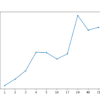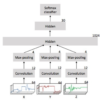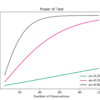Predictive modeling problems where the training dataset is small relative to the number of unlabeled examples are challenging. Neural networks can perform well on these types of problems, although they can suffer from high variance in model performance as measured on a training or hold-out validation datasets. This makes choosing which model to use as […]










